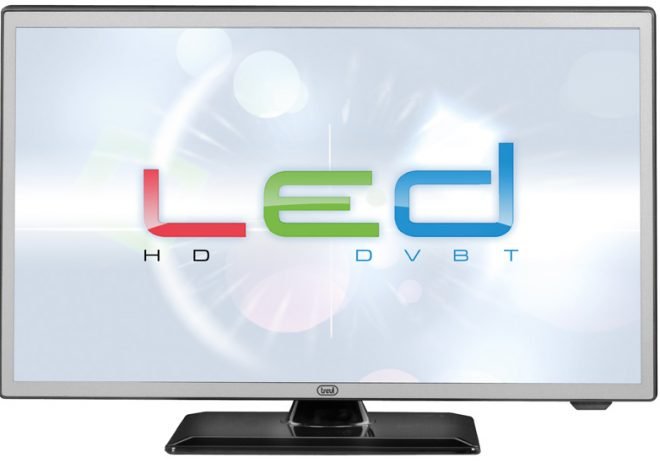LED vs LCD TV, which one to choose
LEDs are lighter, thinner and more energy efficient. Before buying a new TV, you should know the difference between LED and LCD display. Both provide a high definition image, but they handle everything slightly differently, with some other differences as well. We’ve looked at these two technologies to help you get a better idea of which one is right for you.
Overall judgment
LED
- It uses a liquid crystal display with LED backlight
- More energy efficient
- More expensive
LCD
- Uses a liquid crystal display with a fluorescent backlight.
- Use more energy
- TVs weigh more
- Cheaper
LCD and LED TV screens and monitors offer a bright, high-definition image. If you’re looking to save money on hardware, we recommend using an older LCD setup. LED screens can offer greater savings over time, however, because the system generally requires less energy to operate.
Although they are more expensive, newer LED screens are generally lighter than LCDs, especially if you choose an illuminated display that has fewer components to add mass to the device.
Price: LCDs are cheaper but harder to find
LED
- More expensive
- Easier to find
LCD
- Generally cheaper because the technology is older
- More difficult to find
Before buying an LCD TV with LED backlight, you should consider one important factor – the price. High-contrast LED-backlit TVs are impressive, but they are more expensive than their fluorescent-lit peers. If picture quality is extremely important to you, spending a little more dollars to enjoy the benefits of full-array LED backlighting shouldn’t be a problem for you. If you are looking for a slimmer TV, LED TV is the way to go.
If you’re looking for a bargain, you’ll likely be able to satisfy yourself and your wallet with a fluorescent-lit LCD TV. That said, they are becoming harder to find as demand has dwindled.
TV Size: LEDs have thinner and lighter options
LED
- Full-array is comparable to LCD
- Side lighting offers a lighter and thinner TV
LCD
- The fluorescent backlight adds bulk and weight
In the context of televisions, the term LED refers to the backlight system of the television, not the display technology that produces the picture content. In truth, LED TVs use LCD displays; however, they use LED backlighting instead of the fluorescent backlight found in traditional LCD TVs. Just as LED TVs are simply one type of LCD TV, OLED and S-AMOLED are different types of LED TVs.
Liquid crystals in LCD TVs do not produce their own light, so backlighting is required to illuminate the image for the viewer. For this purpose, LCD screen sets originally used a series of fluorescent tubes (referred to as CCFL backlit technology). In LED televisions, the light source is a series of light-emitting diodes, better known as LEDs. In most modern LCD TVs, these fluorescent tubes have been replaced with full-array LEDs, but both types of TVs still use LCD technology.
LED-backlit LCD TVs use one of two systems:
- Edge-lit – Edge-lit : LEDs are positioned along the edges of the LCD panel.
- Full Array : Rows of LEDs are positioned behind the entire LCD panel.
Each backlight system has advantages and disadvantages. TVs with illuminated edges are typically much thinner and lighter than those using a full array because the light source takes up less space. Full Array TVs are somewhat thicker and heavier, but they compensate with local dimming, which means that one section of the LED panel can be dimmed while other sections remain bright. This function slightly improves the contrast of the image.
LED TVs that use full-array backlighting tend to produce a better picture than LCD TVs. Those that use edge lighting sacrifice picture quality, but they are the lightest and thinnest TVs on the market.
Energy use: LEDs are more efficient
LED
- LEDs consume less energy than fluorescent lights
- Edge lighting is particularly efficient because they contain even fewer lighting elements
LCD
- More backlight means more energy
Since LCD screens rely on fluorescent panels behind the entire screen to make the image visible, they consume more power than LED TVs. TVs and monitors that use side lighting are more efficient than full-array ones due to having fewer lights in general, although full-array displays don’t necessarily use all LED backlighting at the same time.
Conclusion
When it comes to picture quality, LED TVs offer better viewing than older LCD TVs. Manufacturers work a lot with LED backlighting because TVs using this technology are generally more energy efficient than LCD CCFL TVs. Therefore, the money saved on the bill could eventually offset the extra cost of an LED TV















